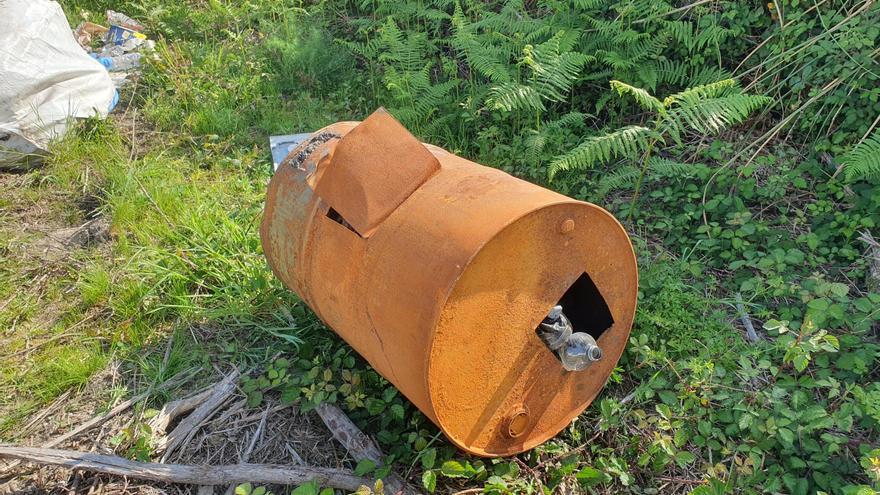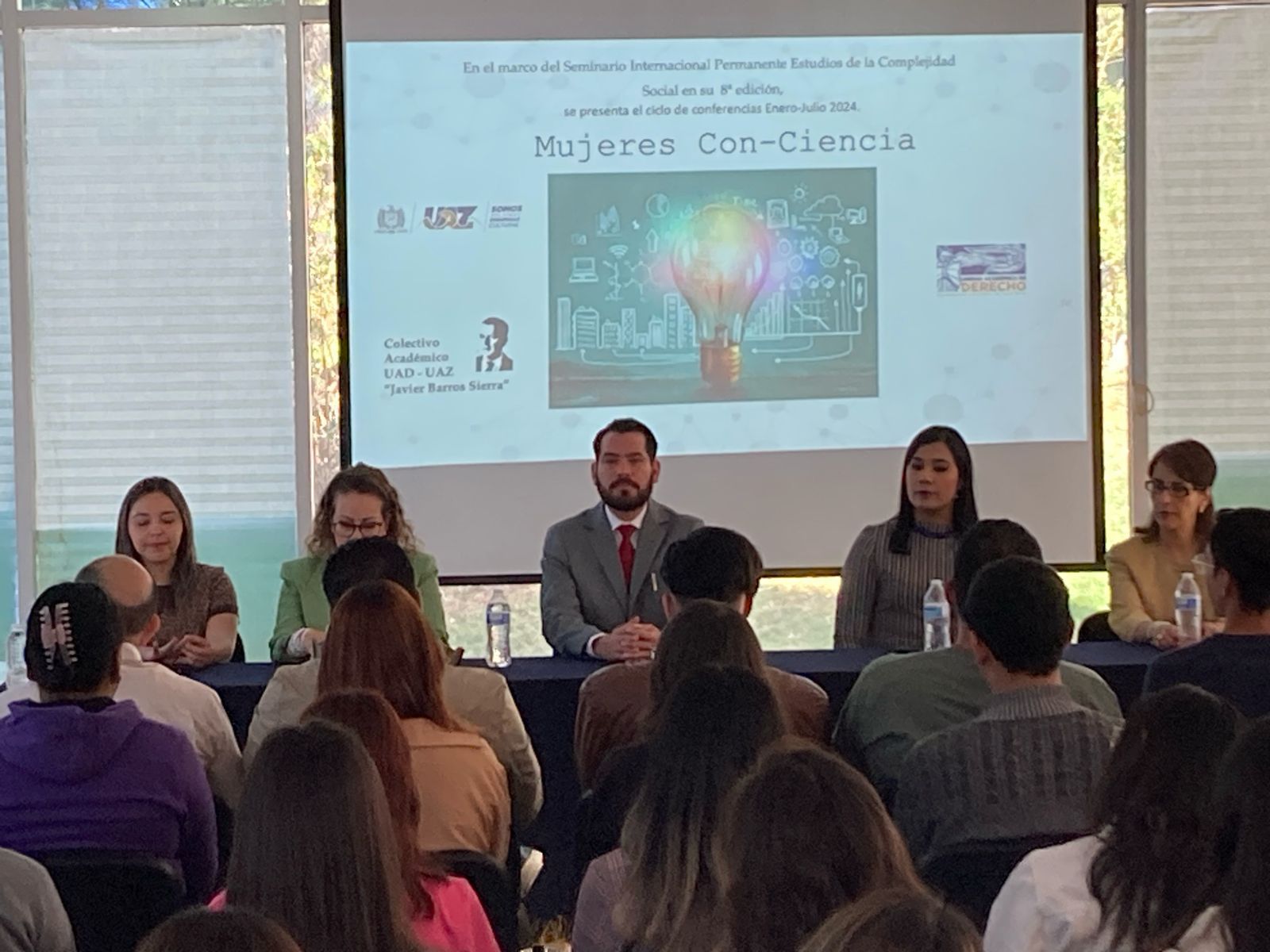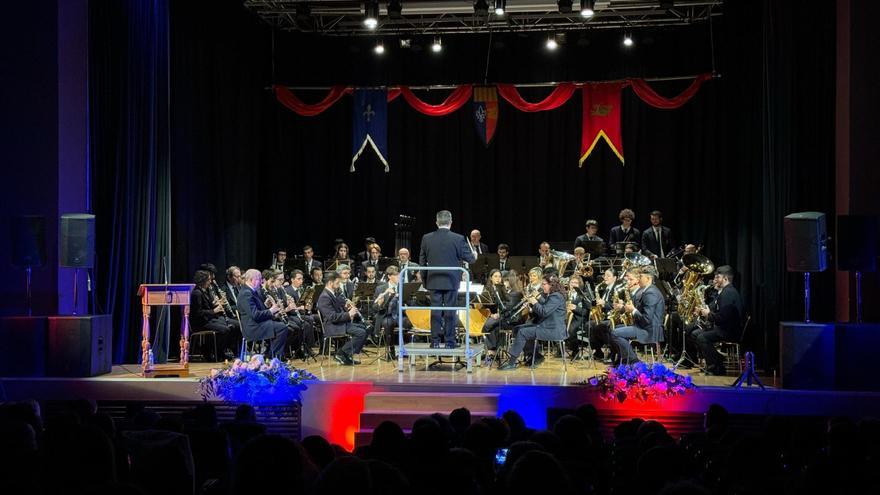In space, especially when Earth is far away, such as a mission to Mars or a stay at a lunar base, an unexpected medical emergency requiring immediate surgery can be a very difficult or impossible problem to solve.
Thinking about emergencies of this kind, Shane Variator’s team, from the University of Nebraska-Lincoln in the US, has designed an amazing robot to perform surgeries on extraterrestrial astronauts. This robot, called MIRA, will be sent to the International Space Station (ISS) in 2024, where it will run a series of tests to check its viability and see if there are things that can be improved.
MIRA, like nearly all robots that perform surgery on Earth, preferably operates under the supervision of human surgeons. When working in space, this guidance will be performed remotely, not necessarily in real time, because a sufficiently large distance from Earth may prevent this. With the latter in mind, work is done so that the autonomy of the robot can become significant without its work being affected by it.
MIRA has two main advantages. First of all, it can get inside the body through a small incision, which allows for minimally invasive surgeries. In previous tests, surgeons have successfully used the device to perform colectomy operations.
Second, the technology could allow surgeons to work remotely and perhaps one day repair a torn appendix of an astronaut on a mission to Mars.
Shane Variator during a robotic surgery trial. (Photo: Craig Chandler/University of Communications)
In an earlier experiment, retired NASA astronaut Clayton Anderson took control of the robot while at Johnson Space Center in Houston, instructing MIRA to perform surgical-like tasks in an operating room located approximately 1,500 kilometers away.
During its future stay aboard the International Space Station, MIRA will conduct the tests independently, without guidance from a doctor or even an astronaut. Inside an experiment container the size of a microwave oven, you’ll cut taut rubber bands and push metal rings along a wire, actions that in major ways mimic those of normal surgery. In any case, the goal of this task is not to test the independence of MIRA, but to adjust the operation of the robot in zero gravity.
However, Fretour predicts that within 50 to 100 years there will be fully autonomous surgical robots operating on extraterrestrial people. (Line: NCYT by Amazings)





